Ambulatory endoscopy management strategies keep patients, finances healthy
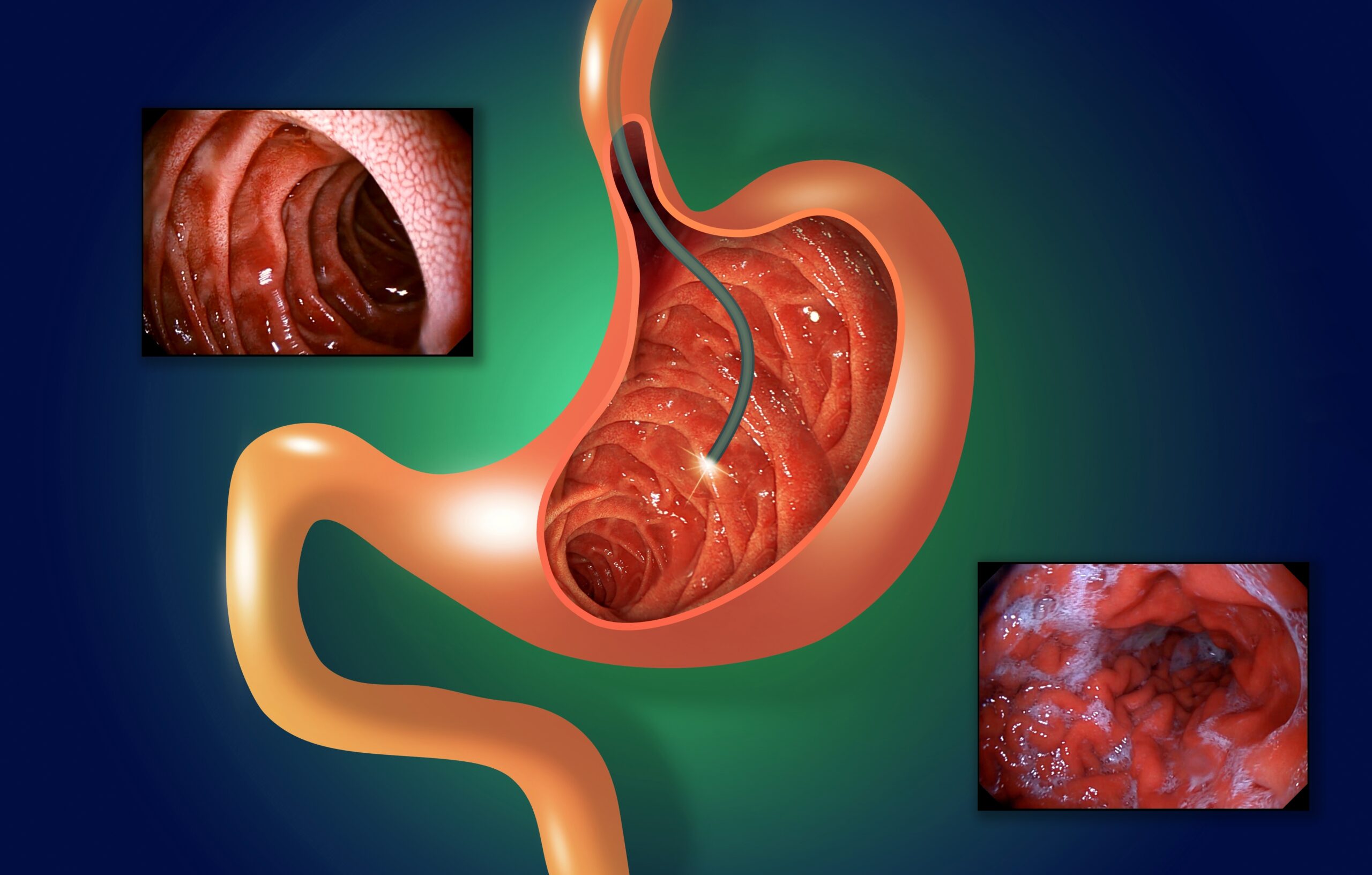
Gastrointestinal (GI) endoscopy is one of the most common procedures in the US. Performed more than 17.1 million times per year in inpatient and outpatient hospital settings as well as ambulatory surgery centers (ASCs), GI procedures account for 68% of all endoscopies, according to a May 2022 article in Digestive…
AI, more pay help healthcare executives combat worsening nurse shortage
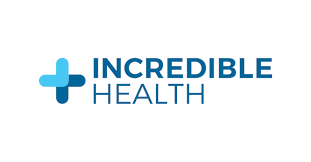
Editor's Note Healthcare executives expect the US nurse shortage to worsen, according to the 2024 Healthcare Executive Report from Incredible Health, a career marketplace for healthcare workers. Projected to reach 1 million by 2030, the shortage is exacerbating stress on current staff and compromising care quality, according to the company’s June…
Study deems EHR manipulation “elephant in the room” for OR scheduling accuracy
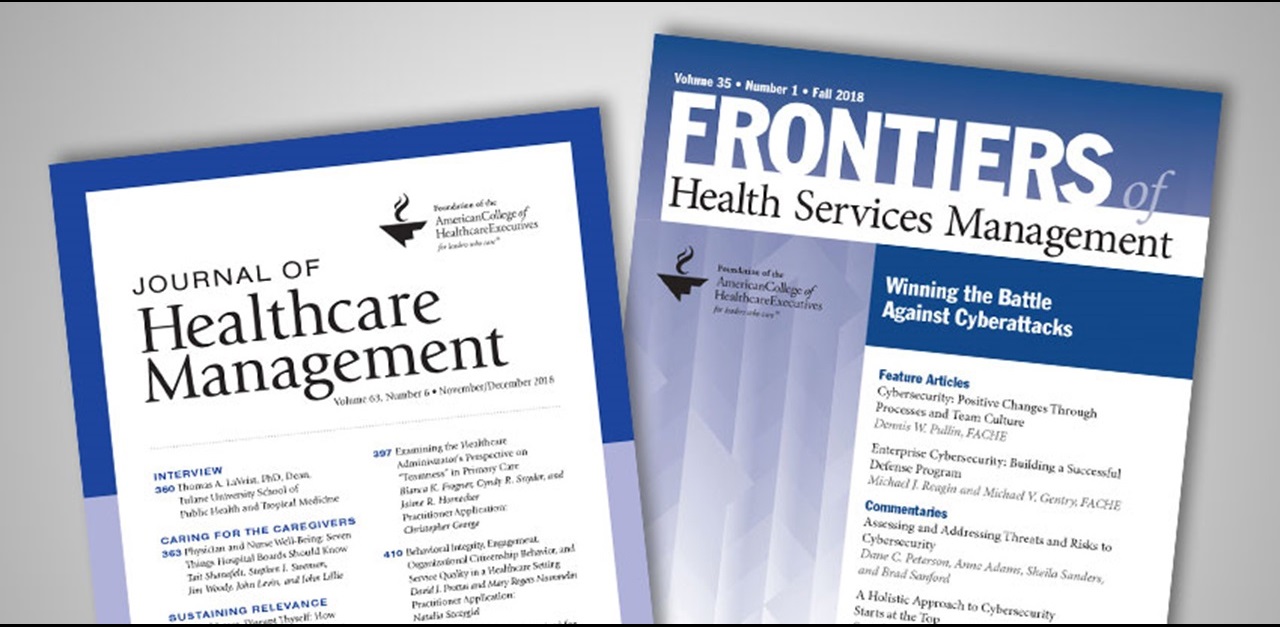
Editor's Note Reducing surgeon manipulation of electronic health record (EHR) OR scheduling systems can improve efficiency, save resources, and enhance service to patients, according to data published in the March/April issue of the Journal of Healthcare Management. Although predictive models using EHR and machine learning improve accuracy compared to traditional…
Report illuminates how AI transforms hospitals, healthcare

Editor's Note A paper published March 29 in the journal Bioengineering examines the growing integration of artificial intelligence (AI) into hospital and healthcare systems and the way in which it is augmenting clinical decision-making, optimizing hospital operation and management, improving medical image analysis, and transforming patient care and monitoring through…
AI's pivotal role in transforming OR efficiency, now and in the future

Next-Gen Disruptors: Technologies Transforming the OR Installment #1, presented by LeanTaaS Surgical procedures are necessary steps in patient journeys—no one wants to have surgery, but most people will need it at some point for care continuity and better quality of life. To best support positive outcomes, optimal recovery periods, and…
Editorial: OR Business Management Conference tackled financial challenges, technological innovations
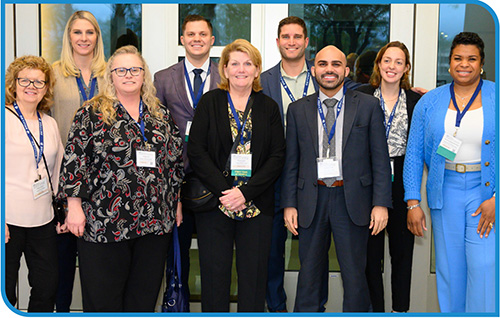
This past February, the OR Business Management Conference, held in Phoenix, Arizona, brought together business managers of all walks of life. The intimate event was once again a symbiotic blend between financial- and business-centric education and high-quality networking. The education offered for seasoned and new business leaders alike, perhaps more…
Supporting healthcare staff with on-demand staffing solutions

Healthcare systems worldwide, regardless of their size or market, are facing the same challenge: how to meet the growing demand for qualified staff without straining hospital budgets. According to a report by the American Hospital Association, health systems are experiencing a significant workforce turnover that began in 2016. On average,…
Coordinating surgical care means precise staff handoffs
In every OR, the complicated dance of surgical care coordination—the series of handoffs between stakeholders throughout the surgery lifecycle—is performed mainly in the background. Those stakeholders include physician offices, schedulers, preadmission testing, insurance verification, vendors, sterile processing, supply chain, anesthesia, and surgical staff. But what does it look like when…
Meeting the SPD staffing challenge
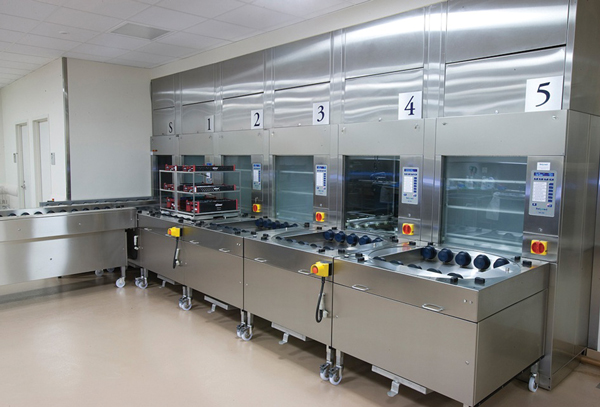
Takeaways • Failure to understand the complexity of the work performed in the sterile processing department (SPD) can lead to staff shortages, errors, and significant financial loss. • Strategies for addressing SPD staffing include effective orientation, certification, competency assessment, analyzing staffing needs, and leader visibility. • SPD schedules should reflect…
How health systems are using tech tools to make ORs more efficient

Most hospitals agree that they can better harness the data they are collecting from registration through discharge in order to streamline patient turnovers, reduce wait times, and improve patient and staff satisfaction, but there is still uncertainty about how best to turn massive quantities of data into better patient outcomes.…

 Free Daily News
Free Daily News